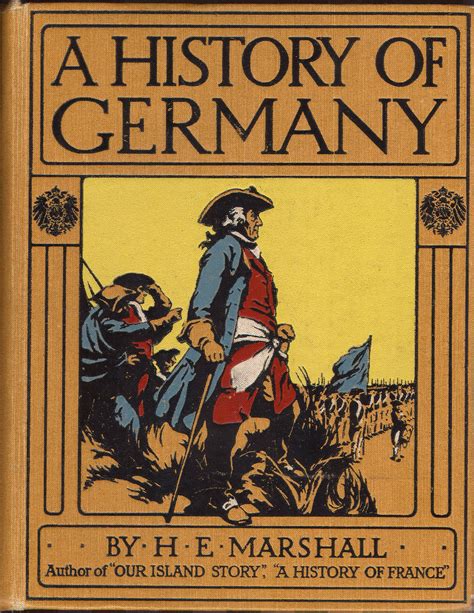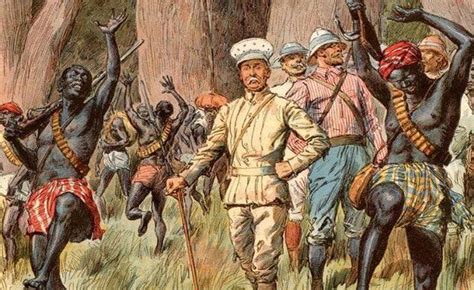Discover the early settlements and rich history of Czechia, from the rise of the Kingdom of Bohemia to the Czech National Revival and independence.
Early Settlements in Czechia
Contents
The early settlements in Czechia date back to the Paleolithic era, with evidence of human habitation found in the region as early as 29,000 BC. The Celtic tribe known as the Boii were the first major group to settle in the area, giving Czechia its ancient name, Bohemia. These early settlers were skilled in metalwork and trade, establishing a network of hill forts and settlements across the region.
During the Roman era, the region was part of the territory known as Marcomannia, and later, the Germanic tribes of the Lombards and the Bavarians held sway in the area. However, it was during the Great Moravian Empire in the 9th century that Czechia saw significant development, with the establishment of numerous fortified settlements, trade routes, and the spread of Christianity.
The arrival of the Slavic peoples in the 6th century marked a significant shift in the region’s demographics, as they established their own settlements and fortifications. The foundation of the Prague Castle in the 9th century by Prince Borivoj I marked the beginning of Czechia‘s rise as a major political and cultural center in Central Europe.
The early settlements in Czechia played a crucial role in shaping the region’s identity and history, laying the groundwork for the kingdom of Bohemia and the subsequent development of the Czech state.
Rise of the Kingdom of Bohemia
The rise of the Kingdom of Bohemia marked a significant period in the history of Czechia. It began in the 9th century when the Czech territory was consolidated under the rule of the Přemyslid dynasty. This era saw the establishment of a centralized political authority and the emergence of Prague as the capital city. The kingdom expanded its influence through strategic alliances and military conquests, solidifying its position as a key player in Central European politics.
Under the reign of King Wenceslaus I, Bohemia experienced a period of cultural and economic prosperity. The king’s efforts to promote Christianity and education laid the foundation for the kingdom’s growth and development. The rise of feudalism and the establishment of townships contributed to the kingdom’s increasing wealth and influence.
The Golden Bull of Sicily, issued by King Wenceslaus II in 1212, granted the Bohemian monarchy the right to elect and crown its own kings, establishing a sense of autonomy and authority within the kingdom. This pivotal moment in Bohemian history cemented its status as a sovereign state within the Holy Roman Empire.
The rise of the Kingdom of Bohemia brought about a period of cultural and artistic flourishing, with the construction of iconic landmarks such as Prague Castle and St. Vitus Cathedral. The kingdom’s position at the crossroads of European trade routes facilitated the exchange of ideas and innovations, further enriching its cultural landscape.
Golden Age under Charles IV
The Golden Age under Charles IV refers to a significant period in the history of Czechia, marked by an era of cultural, economic, and architectural flourishing during the reign of Charles IV. This period, often regarded as the pinnacle of the Bohemian Kingdom, saw a remarkable expansion of Prague as a center of learning, art, and commerce. Charles IV, also known as the Father of the Country, played a pivotal role in shaping the Golden Age through his patronage of the arts, establishment of educational institutions, and promotion of international trade.
Under the rule of Charles IV, Prague became a prominent European capital, with the construction of iconic landmarks such as the Charles Bridge and the Prague Castle, which still stand as enduring symbols of the city’s rich heritage. The foundation of Charles University in 1348, one of the oldest universities in the world, further solidified Prague’s status as a hub of intellectual and cultural exchange.
The Golden Age was not only a time of architectural splendor and educational advancements, but also a period of political stability and diplomatic influence for the Kingdom of Bohemia. Charles IV’s adept governance and skillful diplomacy enabled Bohemia to assert its influence in the Holy Roman Empire and establish beneficial alliances with neighboring kingdoms.
This prosperous era under Charles IV’s reign left a lasting legacy, shaping the identity of Czechia and enriching its cultural heritage. The architectural marvels, educational institutions, and diplomatic achievements of the Golden Age continue to be celebrated and admired, embodying the enduring legacy of this remarkable period in Czech history.
Habsburg Rule and Czech National Revival
During the Habsburg rule, Czechia experienced a period of significant cultural and political change. The Habsburg Monarchy’s control over the region brought about a period of Germanization, as the ruling Habsburgs promoted the German language and culture in Czech lands.
This era also saw the rise of the Czech National Revival, a cultural and political movement aimed at restoring Czech language, culture, and identity. Prominent figures such as František Palacký and Karel Havlíček Borovský played key roles in advocating for the revitalization of Czech culture, language, and history. Their efforts sparked a renewed interest in Czech nationalism and a sense of pride in Czech identity.
As part of the Czech National Revival, there was a renewed interest in Czech literature, history, and folklore. This cultural reawakening laid the groundwork for the eventual resurgence of Czech nationalism and the push for independence from Habsburg rule.
The Czech National Revival also led to the establishment of educational and cultural institutions that promoted Czech language and culture, helping to solidify a sense of national identity among the Czech people. This period was crucial in shaping modern Czech identity, language, and culture, setting the stage for the eventual establishment of Czechoslovakia.
Czechoslovakia and Independence
History of Czechia
The Czechoslovakia and Independence holds a significant place in the history of Czechia. Following the end of World War I, Czechoslovakia declared its independence from the Austro-Hungarian Empire on October 28, 1918. This marked the formation of a new republic, representing the unity of Czechs and Slovaks in the aftermath of the collapse of the Habsburg monarchy.
With the leadership of Tomas Garrigue Masaryk, the first President of Czechoslovakia, the new nation embarked on a path of democracy and development. During the interwar period, the country experienced a period of economic growth and cultural flourishing, establishing itself as a modern state in Central Europe.
The period of independence, however, was interrupted by the events of World War II, as Czechoslovakia became a victim of Nazi occupation. Following the war, the country was restored, and in 1948, the Communist Party seized power in a coup d’état. This led to several decades of Communist rule, marked by political repression and economic hardship.
It wasn’t until the Velvet Revolution of 1989 that Czechoslovakia regained its freedom and democracy. In a peaceful revolution, led by dissident intellectuals such as Vaclav Havel, the Communist regime collapsed, paving the way for the establishment of a democratic state.
The subsequent years saw the transformation of the country, leading to the Velvet Divorce in 1993, which resulted in the peaceful separation of Czechoslovakia into two independent states – the Czech Republic and Slovakia. This event marked the beginning of a new era for Czechia, as it continued on its path of development and integration into the European community.













